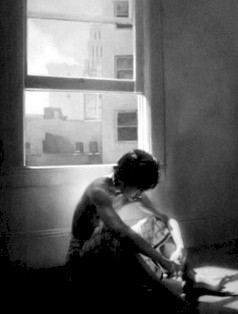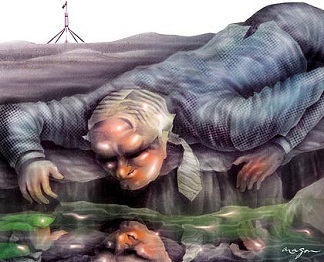Israel's Separation Wall: A Health Hazard

In July 2004, the International Court of Justice (ICJ) ruled the Separation Wall illegal, saying
its route inside the West Bank, and associated gate and permit system, violated Israel's obligations under international law, ordering the completed sections dismantled, and "all legislative and regulatory acts relating thereto" repealed or rendered "ineffective forthwith."
The ICJ also mandated reparations for the "requisition and destruction of homes, businesses, and agricultural holdings (and) to return the land, orchards, olive groves, and other immovable property seized," obligating member states to reject the illegal construction and demand Israel comply with international law.
Most nations ignored the ruling. Israel defied it and continued building, now 61% finished, another 8% under construction, and the remaining 31% planned but not begun. When completed, its expected to be over 800 km, twice the length of the Green Line, four times as long as the Berlin Wall, and in some places twice as high on about 12% of stolen Palestinian land, its erection devastating the people affected.
Based on its current route, about 33,000 Palestinians with West Bank ID cards in 36 communities will be located between the Wall and the Green Line, in the so-called Seam Zone along with most East Jerusalemites. Another 126,000 in 31 communities will be surrounded on three sides, and 28,000 more in nine communities entirely, with a tunnel or road connection to the West Bank, requiring hard to get permits to access.
In July, the UN's Office for the Coordination of Humanitarian Affairs released a Special Report titled, "The Impact of the Barrier on Health," especially patient and staff access to East Jerusalem's specialized medical facilities (unavailable in Gaza or the West Bank) because of the Wall's intrusive route and associated permit/gate system.


























